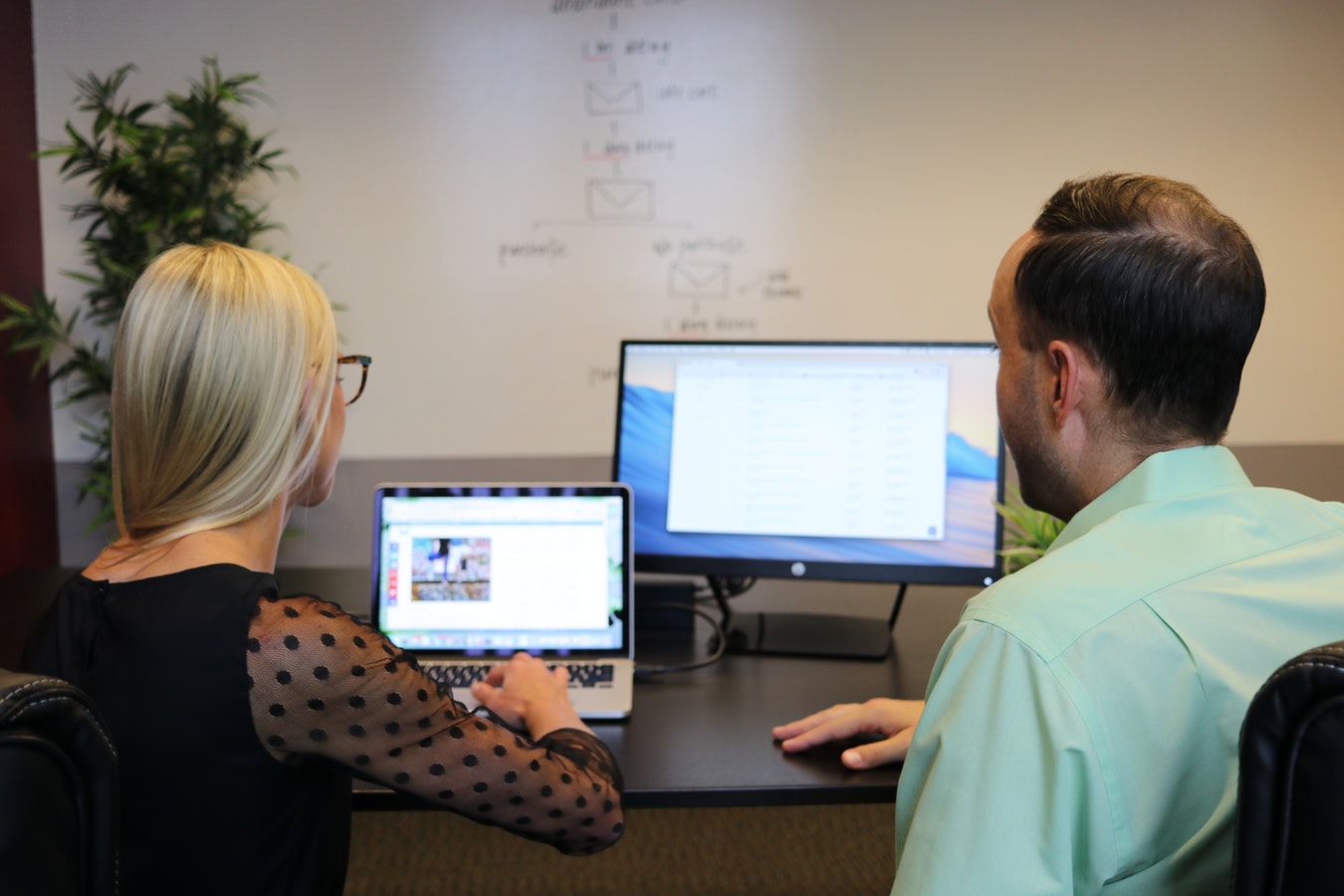8 Common Custom Web Design Mistakes (and their Solutions)

Building a custom website from scratch can be a big and daunting task, but the biggest challenge is making sure that the end product is usable. In many cases, web designers forget to consider that the user’s needs come first along with practicality and usability.
In this article, we will look at 8 common custom web design mistakes that can have a big impact on website usability, and the ways in which you can solve them.
No Search Box
The internet is a huge treasure trove of information and whether you are designing a corporate website or a simple blog, a search box is essential. A search box will help a visitor with easy access to information, especially if they are searching for something that is hidden away on a website with a large number of pages.
A great way to get started is with Google Custom Search. It provides visitors with a neat and effective way to search your website. It is also simple to implement. You merely need to copy the HTML code from the control panel and paste it into your website.
Poor Readability and Legibility
Readability and legibility is an essential element of web design. While it may be the case that a good interface design will attract the user’s’ attention, the user still needs to be able to read the text to be able to digest the important information that is offered to them.
Fortunately, this is often a more simple issue to fix. Firstly, consider the use of colour schemes on your website. Different colour schemes can have a huge effect on the readability and legibility of text on your website. An excellent tool for testing colour schemes is Adobe’s Colour CC. Secondly, consider using a Sans Serif font as they allow for easy reading on the web.
Bad Content Layout
While a website’s content is what draws users, structure and presentation is what defines its success or failure. In most cases, users only scan through content to pick out certain points of interest. Many web designers make the mistake of just inserting a block of text on a web page and completely neglecting presentation features such as headings, sub-headings, bullet points and so on.
To begin, consider what exactly your content is trying to tell the reader. Use accurate page titles so users know exactly what they are looking at, and ensure that content always stays relevant to the topic at hand.
A second and very important point is making sure that you regularly update your website content. There is nothing worse for a user than inaccurate, insignificant, out-of-date-content on a custom website. Content must be consistent with the overall theme of the website and provide the reader with useful information. In addition to adding new content, make sure that you keep reviewing past content so that the information is always correct and up-to-date with changes in the industry.
Unclear Navigation
Navigation in a custom website design should be seamless and users should be able to find their way around easily. Although there are no defined standards of navigation, as a rule of thumb navigation needs to be intuitive and consistent.
If you use text as navigation on your website then it needs to be concise. Similarly, if you use hyperlinks they need to stand out from the rest of the text. A couple of tips for navigation; to increase the seamlessness of navigation, provide textual descriptions for all of your links and provide alt text for all of your images. Remember, if your users can’t find what they are looking for within three clicks, they will most likely leave your website immediately.
Inconsistent Interface Design
When creating a custom website many web designers opt for using different designs for every page within the website. The problem with this is that it can lead to the user finding the website experience confusing. No matter how outstanding a website is, if there isn’t consistency, users cannot gain a feel of familiarity which leads to alienation, thus resulting in them leaving the website.
A couple of tips to help you to maintain consistent interface design; use a standard page template for every page with links to main sections of the website. Secondly: simplicity. Create simple looking designs and users won’t get confused on your website.
Complicated Registration Forms
When creating registration forms, it helps to remember that a user has come to your website to gain information from you, and not the other way round. With this in mind, it is important that you only request the basic information you need from a website user. Realistically how much information do you need from your user? A user will find it frustrating if they are required to give lots of information to register for your newsletter or to gain a giveaway, and will consequently give up.
When creating a registration form on your custom website think about what the basic information you require from the user for your database, and only ask for this during the registration process.
Too many images
Too many images on a web page create clutter, which is a massive turn-off for users. While it is true that images can be used to direct user attention to a specific point on a web page, it can also create unnecessary distraction. When using images, think tactically. Images can be used to convey a point far better than words can, for example when delivering instructions on a certain process. With this in mind, you should aim to use images to illustrate and guide the user not to distract and confuse them through over-usage.
Cluttered Pages
When designing a custom website, many designers forget about the value of whitespace. White space acts as the refreshing break between information, and by making use of it you give your user a pleasant and relaxed experience when using your website. Without whitespace, a web page will appear cluttered, which is never a pleasant experience for a user.
When designing your custom website’s pages, think about the process of digesting information and use white space accordingly. If you try to cram too much onto one page, then taking in the important information on that page will be very difficult for a user. Use whitespace to logically break up information, not only will it help the user but it will also make your website look much better.



